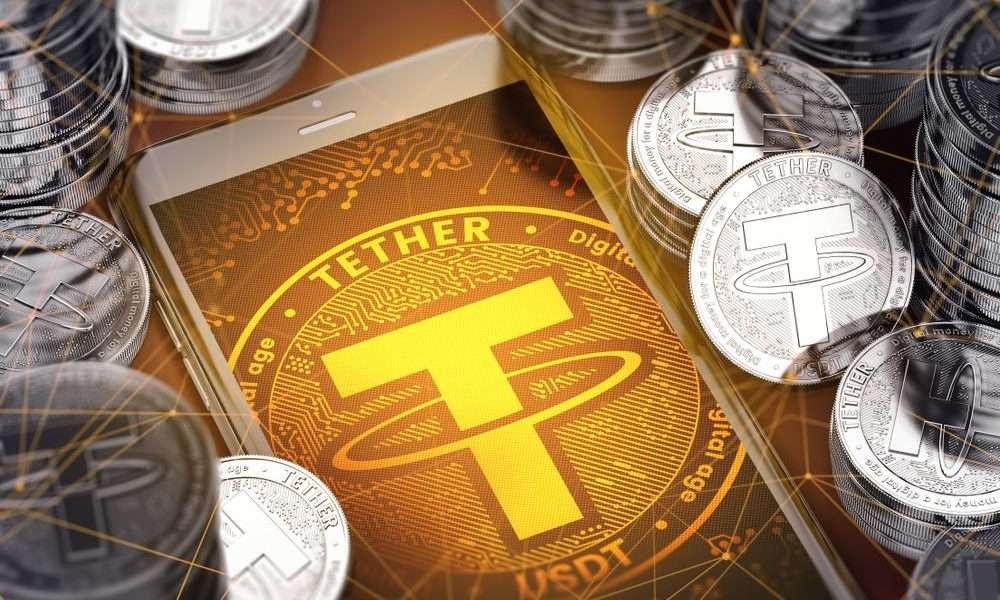- Stablecoin Tether (USDT) has recorded a 22.5 percent drastic rise on exchanges, the highest since mid-June as buying pressure mounts.
- The stablecoin issuer has not shied away from printing more USDT tokens, despite treading on controversial grounds.
On Wednesday, the Fed issued a no-interest-change commentary, and while the crypto prices have been swinging either side since, Tether (USDT) is making highlights with its supply records. A change in the stablecoin’s supply was expected due to the witnessed wide market correction and subsequent liquidations. A large number of traders closed their positions and are currently holding large positions in USDT.
Now, on-chain data provider Santiment reports that the provision of USDT on crypto exchanges has hit a 6-month high.
The ratio of Tether stablecoins on exchanges has risen to 22.5%, which is the highest level in over 6 months. This amount of supply converts to $8.99B, indicating a rising level of buying power accumulating on exchanges.
This, according to the data provider, indicates “increased buying power from traders.”
Tether continues USDT printing despite controversies
With increased demand, Tether has continued its massive USDT printing this year. In the last month alone, Tether issued stablecoins worth $4 billion. And while holding onto the position of the fourth-best cryptocurrency, Tether recently achieved a $77.4 billion market cap, having risen from below the $70B mark in mid-October.
Additionally, the token’s supply in the crypto market has greatly surged this year. In the year-to-date chart, USDT supply has spiked four-fold from $20 billion to nearly $80 billion.
But even then, Tether has received blow after blow of allegations of misrepresenting the ratio of its reserve to the tokens issued. Claims have risen that the stablecoin issuer prints USDT out of thin air while claiming to back them 1:1 to the US Dollar. One of its major customers even reported receiving new stablecoins in exchange for other cryptocurrencies. However, Tether has always denied such claims asserting instead that all its reserves are as they should be. Its website reads:
100 percent backed by reserves, which include traditional currency and cash equivalents and, from time to time, may include other assets and receivables.
This disconcerting controversy has brought forth criticism from various top officials, including US Senators Elizabeth Warren and Sherrod Brown. In a recent senate hearing, Warren called stablecoins “shady” and Brown termed them “magic money,” adding that they are neither decentralized nor transparent as they claim.
Related: Conflicting views emerge in Senate hearing on stablecoins regulation
Crypto players who attended the hearing as expert witnesses had to contradict opinions on how digital assets should be regulated. Some called on support, while others had strict oversight and possible clampdown.
USDT gains political endorsement
Nonetheless, these events have not come in the way of Tether’s adoption by even political parties. Recently, the Myanmar shadow government, under the leadership of ousted leader Aung San Suu Kyi, made Tether its official currency. Tether commended the parallel government’s move, saying:
[This] is a commendation to the strength of the US dollar and its ability to provide a haven to citizens of the world.




